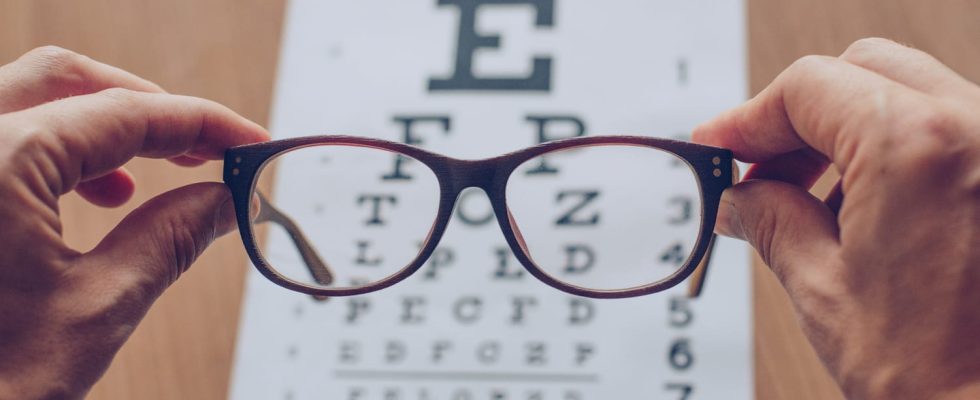Visual acuity refers to the ability to distinguish more or less precisely an object from afar. What to do in case of loss of visual acuity? What obligations for driving?
Visual acuity refers to the quality of sight. It is measured through a test during a consultation with the‘ophthalmologist. What is normal visual acuity? What minimum for the conduct ? What to do in the event of a drop visual acuity?
Definition: what is visual acuity?
Visual acuity is the ability to discern information brought to the brain by sight and determines the quality of sight.
It is estimated during simple tests carried out by a general practitioner (roughly, the famous black letter board on white background) or evaluated more precisely, during more advanced tests carried out by an ophthalmologist which aim to verify, for example, the shortest distance seen between two distinct points. Visual acuity can be different for each of the two eyes.
A visual symptom should never be taken lightly
What is normal visual acuity?
Normal acuity is 10/10ths. Below, specialized tests highlight vision defects.
What is the visual acuity required to drive?
“Any applicant who has a driving license shall undergo the appropriate examinations to ensure that he has visual acuity compatible with the operation of motor vehicles. If there is any reason to believe that the applicant does not have adequate vision, he should be examined by a competent medical authority” according to the decree of August 31, 2010. “In order to react correctly to the different situations imposed by driving, it is essential that we have good eyesight. The highway code requires for both eyes 5/10th minimum acuity. When one eye has an acuity of less than 1/10th, the other eye must have a minimum of 5/10ths” says Dr. Patrick Aubé, general practitioner.
What to do in case of visual acuity loss?
Age is a risk factor for visual acuity: “Children under the age of 3 must be closely monitored and seen at least once by a specialist before entering kindergarten. Between 20 and 45 years, it is useless to consult if all goes well. For people whose sight is corrected by eyeglasses or lenses, it is advisable to consult every 5 years. After 65 years, one examination per year is necessary”, explains the general practitioner. Whether the loss of sight is sudden or gradual, a visual symptom should never be taken lightly. “Of the routine examinations, at your doctor, at the ophthalmologist, at the opticiancan be carried out in a simple way and guide the diagnosis to allow a rapid correction of the disorder or a general management of the causes of this disorder” says Dr. Patrick Aubé.
Thanks to Dr. Patrick Aubé. general practitioner.
